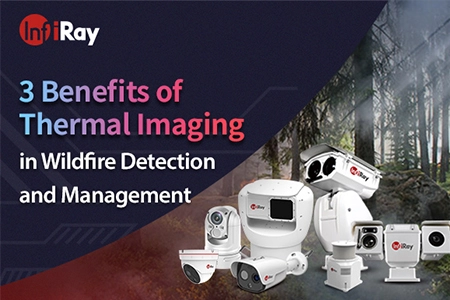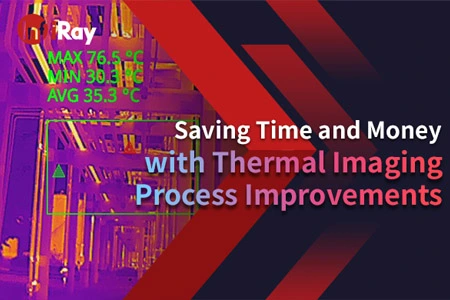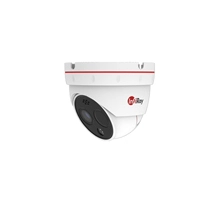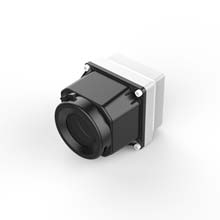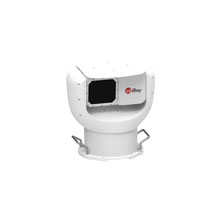What are the pros of thermal imaging cameras?
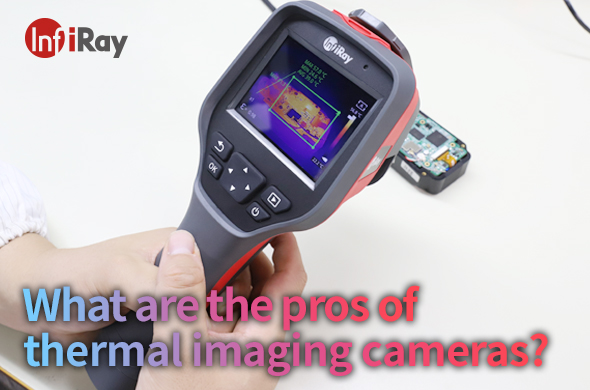
In today's rapidly evolving technological landscape, thermal imaging cameras have become indispensable tools across various industries. Their ability to capture and visualize infrared radiation opens up a world of possibilities, ranging from enhancing safety and security to revolutionizing healthcare. In this blog, we will delve into the pros of thermal imaging cameras, exploring their applications and significance in different sectors.
1. Understanding Thermal Imaging Cameras
Thermal imaging cameras, also known as infrared cameras or thermographic cameras, are devices designed to detect and capture infrared radiation. Unlike traditional cameras that rely on visible light, thermal cameras visualize temperature differences, creating detailed heat maps of the environment.
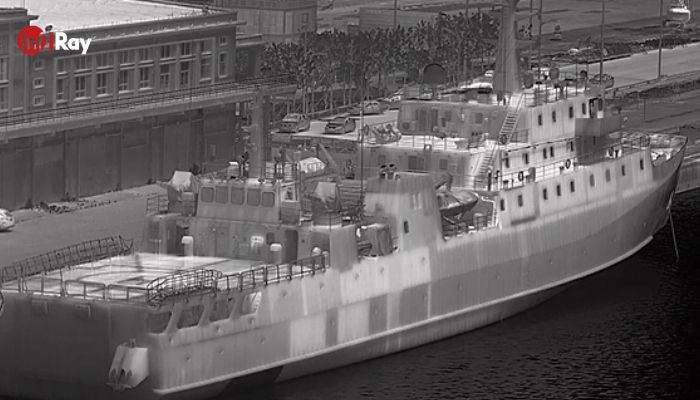
Taken by InfiRay 1920 infrared thermal detector
2. How Thermal Cameras Work
Thermal cameras operate on the principle of detecting and converting infrared radiation into visible images. The camera's sensor detects heat patterns, and the data is processed to generate a thermal image. Warmer objects appear as brighter areas, while cooler objects appear darker, allowing for the visualization of temperature variations.
3. Importance of Thermal Imaging in Various Industries:
In the fast-paced world of technological advancement, the significance of thermal imaging spans across various industries, proving to be a transformative force in safety, efficiency, and decision-making processes. Let's explore how thermal imaging emerges as a critical tool, reshaping the landscapes of different sectors.
3.1 Security and Surveillance
H3Thermal imaging cameras have redefined the standards of security and surveillance. By detecting infrared radiation, these cameras excel in revealing hidden threats that might go unnoticed by traditional surveillance systems. The ability to monitor large areas in real time enhances the overall security infrastructure, making it an invaluable asset for critical installations, public spaces, and border control.
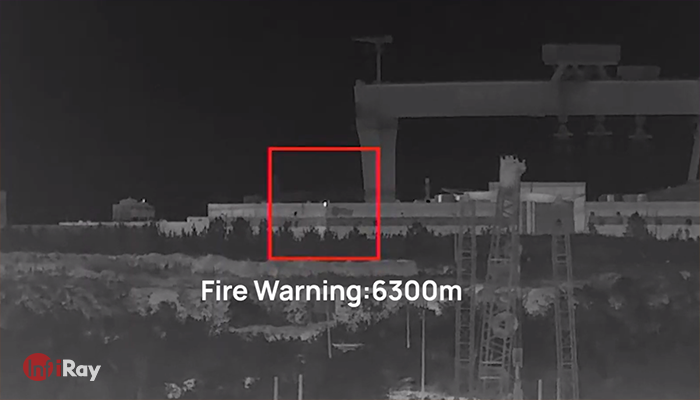
3.2 Search and Rescue Operations
In disaster-stricken scenarios, thermal imaging cameras play a pivotal role in search and rescue operations. Their capacity to capture heat signatures allows for swift identification of individuals, even in challenging conditions such as darkness or dense smoke. This capability significantly improves the efficiency and success rates of rescue missions, ultimately saving lives.
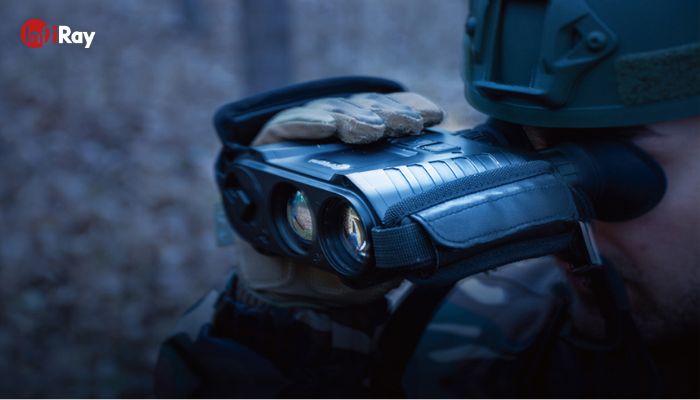
3.3 Industrial Applications
The industrial landscape witnesses a revolution with the integration of thermal imaging technology. From preventive maintenance to continuous monitoring of equipment performance, thermal cameras offer a proactive approach to addressing potential issues before they escalate. This not only minimizes downtime but also reduces operational costs, ensuring optimal efficiency in various industrial processes.
3.4 Building Inspections
Thermal imaging has become an indispensable tool in the field of construction and building inspections. By identifying temperature variations, these cameras help detect insulation gaps, water leaks, and structural anomalies. This early detection not only ensures the longevity and safety of structures but also facilitates targeted and cost-effective repairs.
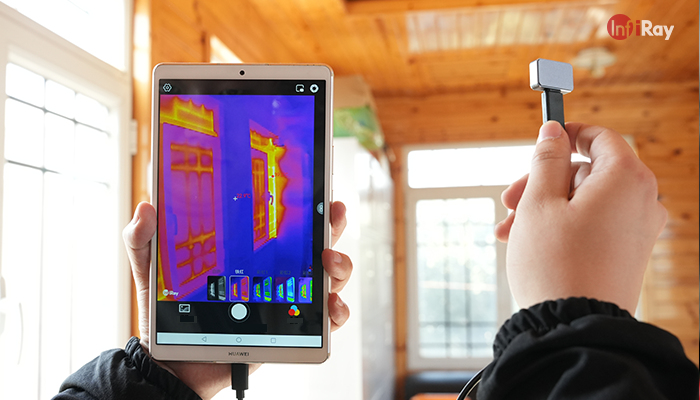
3.5 Energy Efficiency in Buildings
Thermal imaging proves to be a game-changer in the quest for energy-efficient buildings. By pinpointing energy leaks and areas of heat loss, these cameras guide professionals in optimizing HVAC systems and insulation. This not only reduces energy consumption but also contributes to sustainable practices, aligning with the growing emphasis on environmental responsibility.
3.6 Medical and Healthcare Applications
The healthcare industry benefits significantly from the non-invasive capabilities of thermal imaging. Early disease detection, fever screening, and continuous patient monitoring become more precise and efficient. Thermal cameras offer a valuable tool for healthcare professionals, providing insights that aid in timely diagnosis and improved patient care.
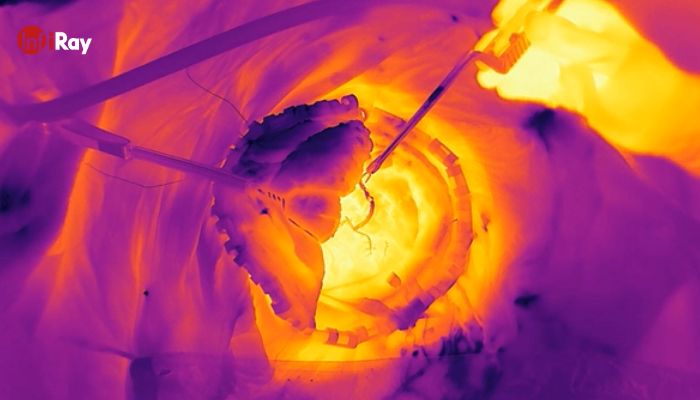
Taken by InfiRay AT1280 Thermal Camera
4. Top 6 Advantages of Thermal Cameras
Thermal cameras offer numerous advantages, including the ability to conduct non-contact temperature measurements, operate in complete darkness, penetrate visual obstructions like smoke or fog, and identify energy inefficiencies in buildings for improved insulation. They find applications in various fields such as industrial maintenance for early detection of equipment issues, electrical inspections, healthcare for fever screening, wildlife observation in low-light conditions, and border security. Additionally, thermal cameras are crucial in firefighting, enforcement, and scientific research, showcasing their versatility in enhancing safety, security, and efficiency across diverse environments.
4.1 Enhanced Safety
One of the standout advantages of thermal imaging cameras lies in their ability to enhance safety across diverse environments. By detecting potential hazards that are invisible to the naked eye, such as electrical issues or gas leaks, these cameras contribute to creating safer working conditions. The preventive approach they enable can avert accidents and catastrophic events, making them indispensable in industries where safety is paramount.
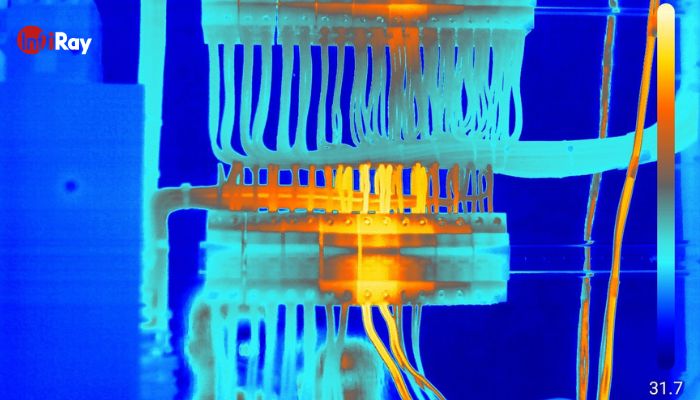
4.2 Efficiency in Search and Rescue
Thermal cameras shine as indispensable tools in search and rescue operations. Their capability to visualize heat signatures expedites the process of locating individuals in disaster-stricken areas. Whether it's locating survivors in darkness or identifying hotspots in challenging terrains, thermal imaging cameras significantly improve the efficiency and success rates of search and rescue missions.
4.3 Energy Efficiency Insights
In the pursuit of energy-efficient practices, thermal imaging cameras emerge as powerful allies. By pinpointing energy leaks and inefficiencies in buildings, these cameras facilitate targeted improvements, optimizing HVAC systems and insulation. The result is not only reduced energy consumption but also cost-effective measures that align with sustainability goals.
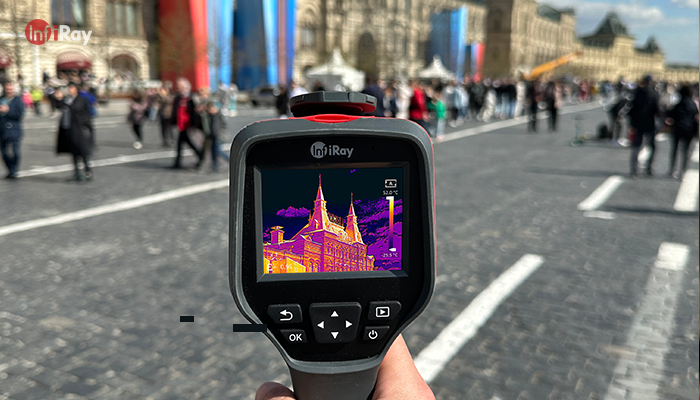
4.4 Industrial Maintenance Precision
The advantages of thermal imaging extend to the realm of industrial maintenance. These cameras enable the identification of overheating components, offering a proactive approach to maintenance that prevents costly equipment failures and unplanned downtime. This precision in monitoring equipment performance is a game-changer for industries relying on seamless operations.
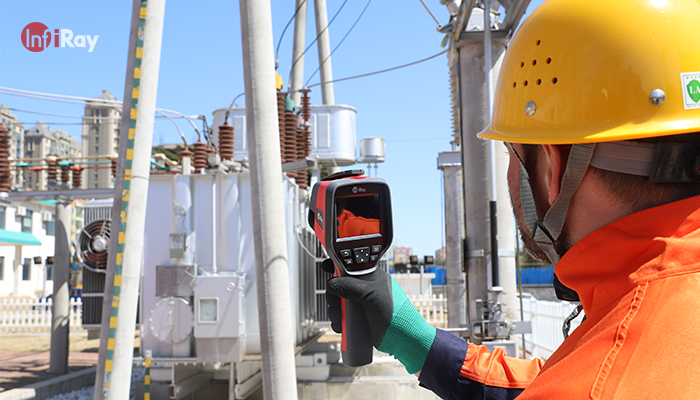
4.5 Non-Invasive Medical Monitoring
In the healthcare sector, thermal imaging cameras provide non-invasive methods for continuous patient monitoring. From early disease detection through identifying inflammation to fever screening, the applications in medical diagnostics are vast. This non-intrusive approach not only improves patient comfort but also enhances the accuracy and timeliness of medical diagnoses.
4.6 Versatility in Environmental Applications
Beyond the confines of human-centric applications, thermal imaging cameras find utility in environmental conservation. Wildlife monitoring benefits from their ability to track and study animal behavior, contributing to biodiversity preservation. The versatility of these cameras extends their reach into ecological research, aligning technology with nature conservation efforts.
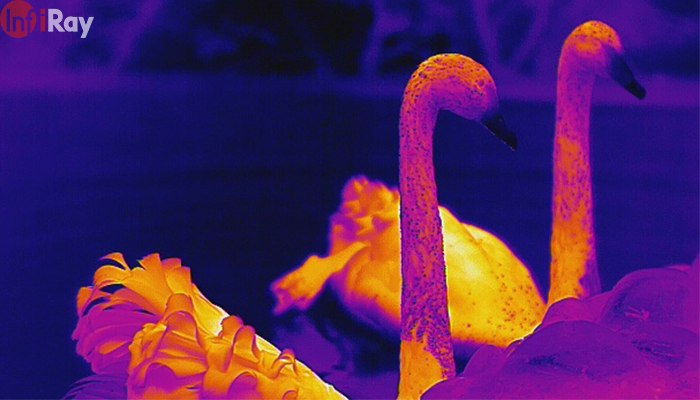
5. Top 5 Uses & Applications of Thermal Imaging Camera
Thermal imaging cameras, with their ability to visualize the invisible world of heat, have transcended beyond mere technological tools to become indispensable assets in various domains. Here, we explore the top five uses and applications of thermal imaging cameras, showcasing their versatility and impact across diverse industries.
5.1 Industrial Maintenance and Predictive Analytics
Thermal imaging cameras are revolutionizing industrial maintenance by providing a proactive approach to equipment health. These cameras identify overheating components, electrical faults, and potential issues before they escalate, enabling predictive analytics. The result is reduced downtime, minimized operational costs, and enhanced overall efficiency in industrial processes.
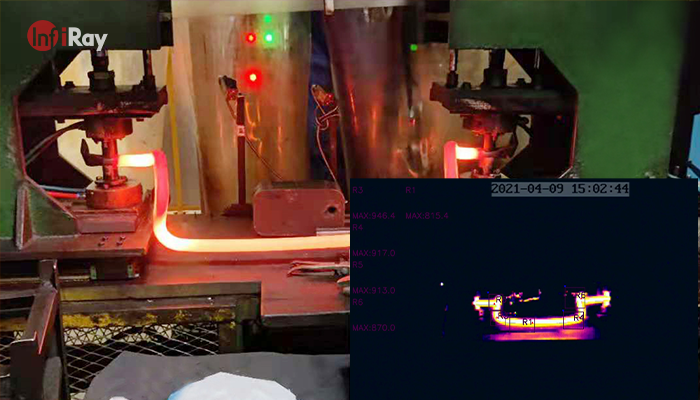
5.2 Building Inspections for Structural Integrity
In the construction and building inspection sector, thermal imaging cameras offer a unique perspective. By detecting temperature variations, these cameras unveil insulation gaps, water leaks, and structural anomalies that might escape the naked eye. This application ensures the structural integrity of buildings, guiding targeted and cost-effective repairs for long-term sustainability.
5.3 Energy Audits and Efficiency Enhancements
Thermal imaging proves to be an invaluable tool for energy audits in residential and commercial buildings. By identifying energy leaks, inadequate insulation, and HVAC inefficiencies, these cameras guide professionals in optimizing energy usage. The result is improved energy efficiency, reduced utility costs, and a positive impact on both the environment and the bottom line.
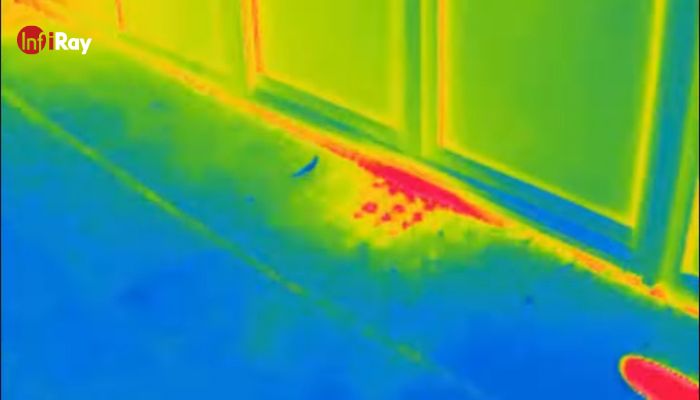
5.4 Search and Rescue Operations in Challenging Environments
The capability of thermal imaging cameras to detect heat signatures in complete darkness or adverse weather conditions makes them vital in search and rescue operations. Whether it's locating missing persons in dense forests or identifying survivors in disaster-stricken areas, these cameras significantly enhance the efficiency and success rates of rescue missions.
5.5 Medical Diagnostics and Non-Invasive Monitoring
In the healthcare industry, thermal imaging cameras contribute to non-invasive medical diagnostics and continuous patient monitoring. From early disease detection by identifying abnormal heat patterns to fever screening in high-traffic areas, these cameras offer precise and timely insights. The non-intrusive nature of thermal imaging enhances patient comfort while advancing the accuracy of medical diagnoses.
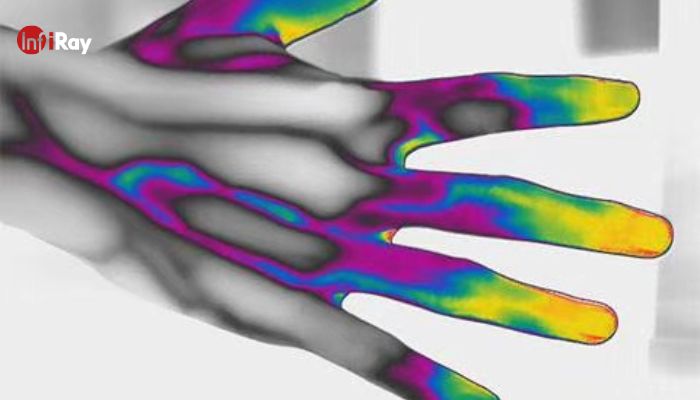
Thermal imaging technology has evolved into an indispensable force across various industries. The transformative power of these cameras, evident in their ability to enhance safety, streamline operations, and contribute to sustainability, continues to shape the future of technology. As we embrace the possibilities of infrared vision, the journey of thermal imaging cameras unfolds as a testament to the intersection of innovation and practicality.

 français
français  Deutsch
Deutsch  Español
Español  italiano
italiano  русский
русский  português
português  العربية
العربية  日本語
日本語  한국어
한국어  magyar
magyar 






